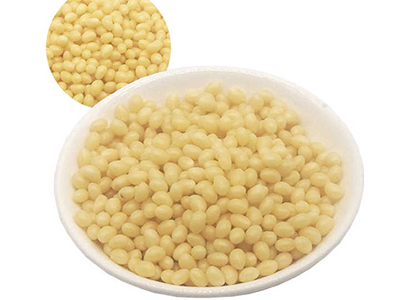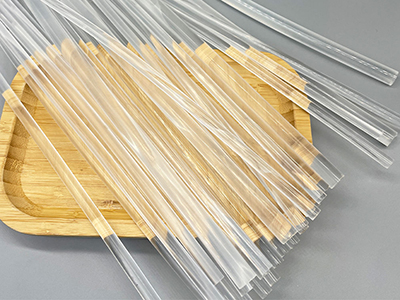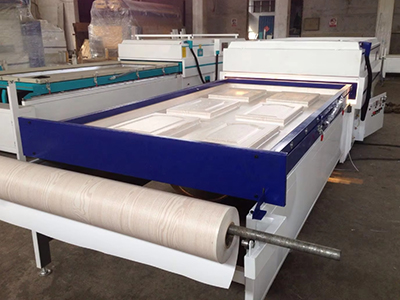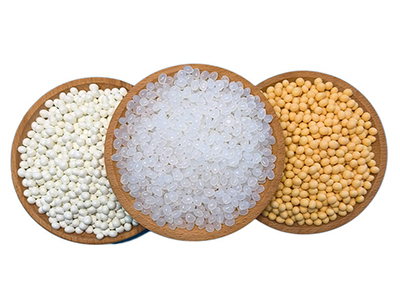Hot glue, once solidified, is generally stable at typical ambient temperatures. However, the melting point of hot glue varies depending on its formulation and the specific type of glue used.
Most standard hot glue sticks have a melting point in the range of 250 to 380 degrees Fahrenheit (121 to 193 degrees Celsius). While these temperatures are much higher than what you’d experience on a typical sunny day, it’s still possible for hot glue to soften or lose its bond in extremely high temperatures.
If exposed to direct sunlight on a very hot day, the surface temperature of objects, including those with hot glue, can rise significantly. In such conditions, it’s conceivable that hot glue might soften or lose its adhesion, especially if it’s already close to its lower melting temperature.
If you’re working on a project that will be exposed to high temperatures or direct sunlight for extended periods, you might want to consider using a glue specifically designed for outdoor or high-temperature applications. These adhesives are formulated to withstand a broader range of temperatures and environmental conditions.
Always check the manufacturer’s specifications for the specific hot glue product you’re using, as they often provide information about temperature resistance and other performance characteristics. If you’re uncertain about how well hot glue will perform in a particular situation, it’s a good idea to test it under similar conditions before relying on it for a critical application.






